Seeing the sights in Charleston, S.C.
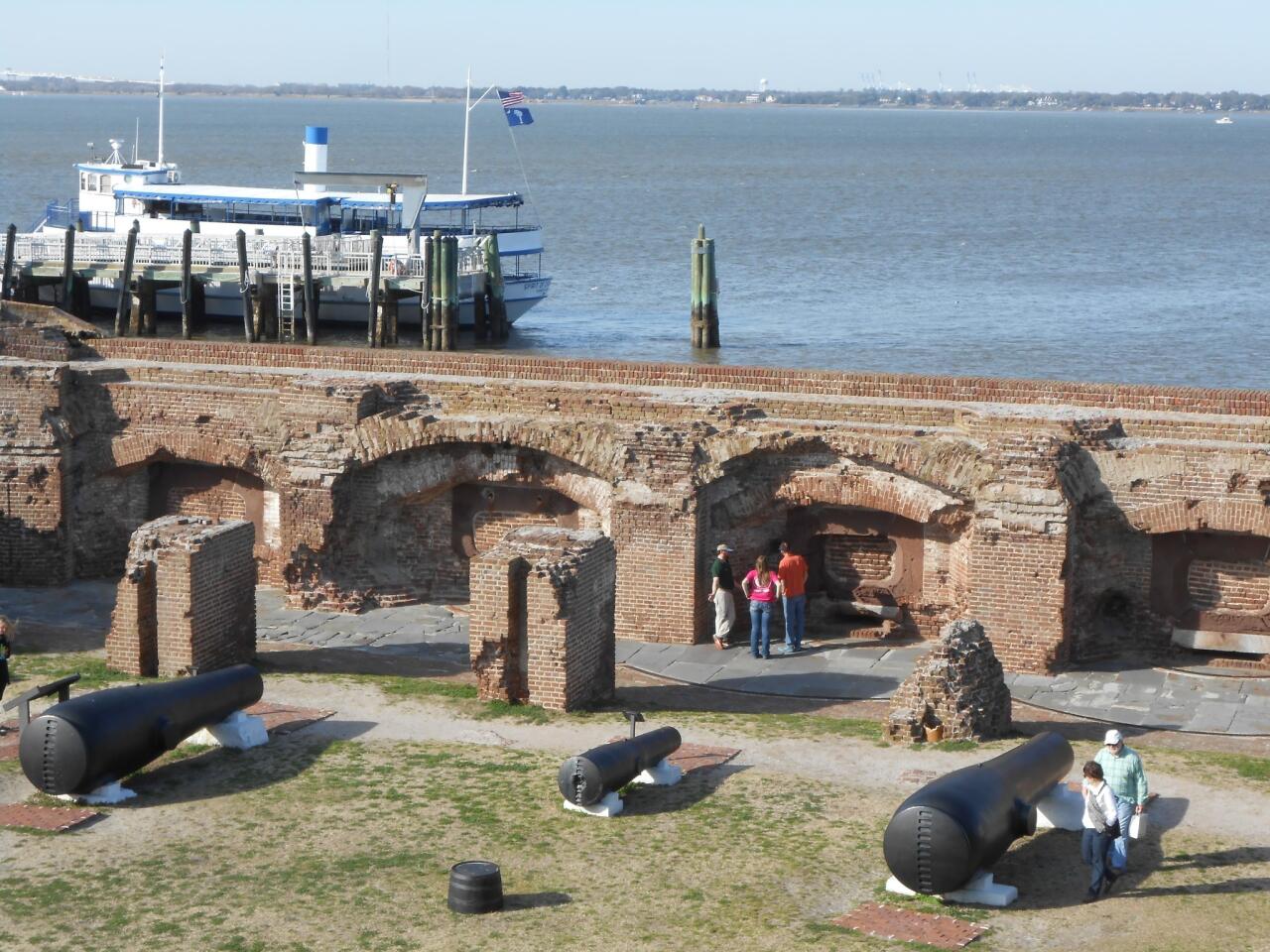
Ft. Sumter is a sea fort located in Charleston Harbor. The fort is best known as the site where the shots that started the American Civil War were fired, at the Battle of Ft. Sumter on April 12, 1861. (Alice Short / Los Angeles Times)
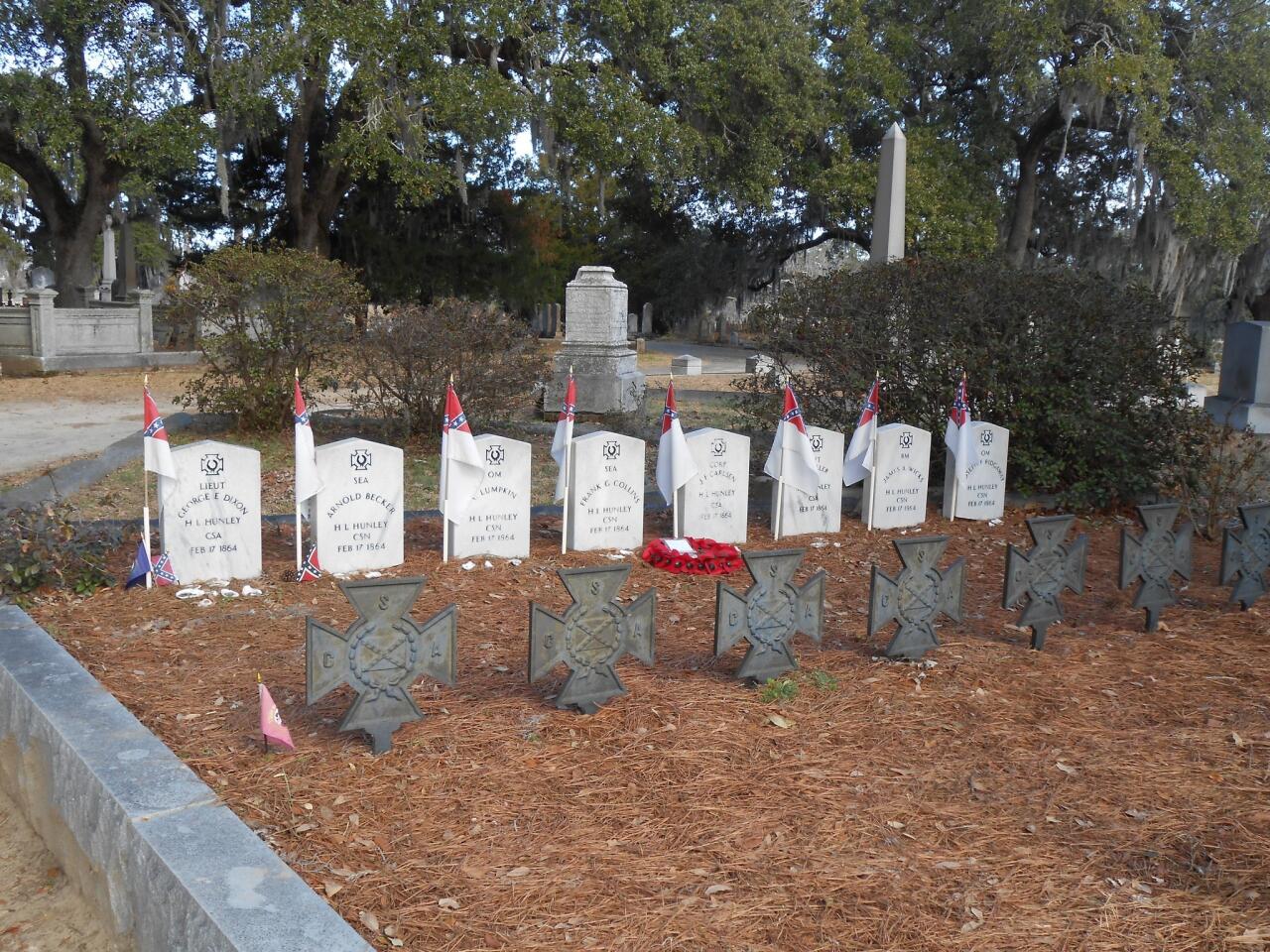
Magnolia Cemetery, the oldest public cemetery in Charleston, was founded in 1849 on the banks of the Cooper River. It is listed on the National Register of Historic Places. (Alice Short / Los Angeles Times)
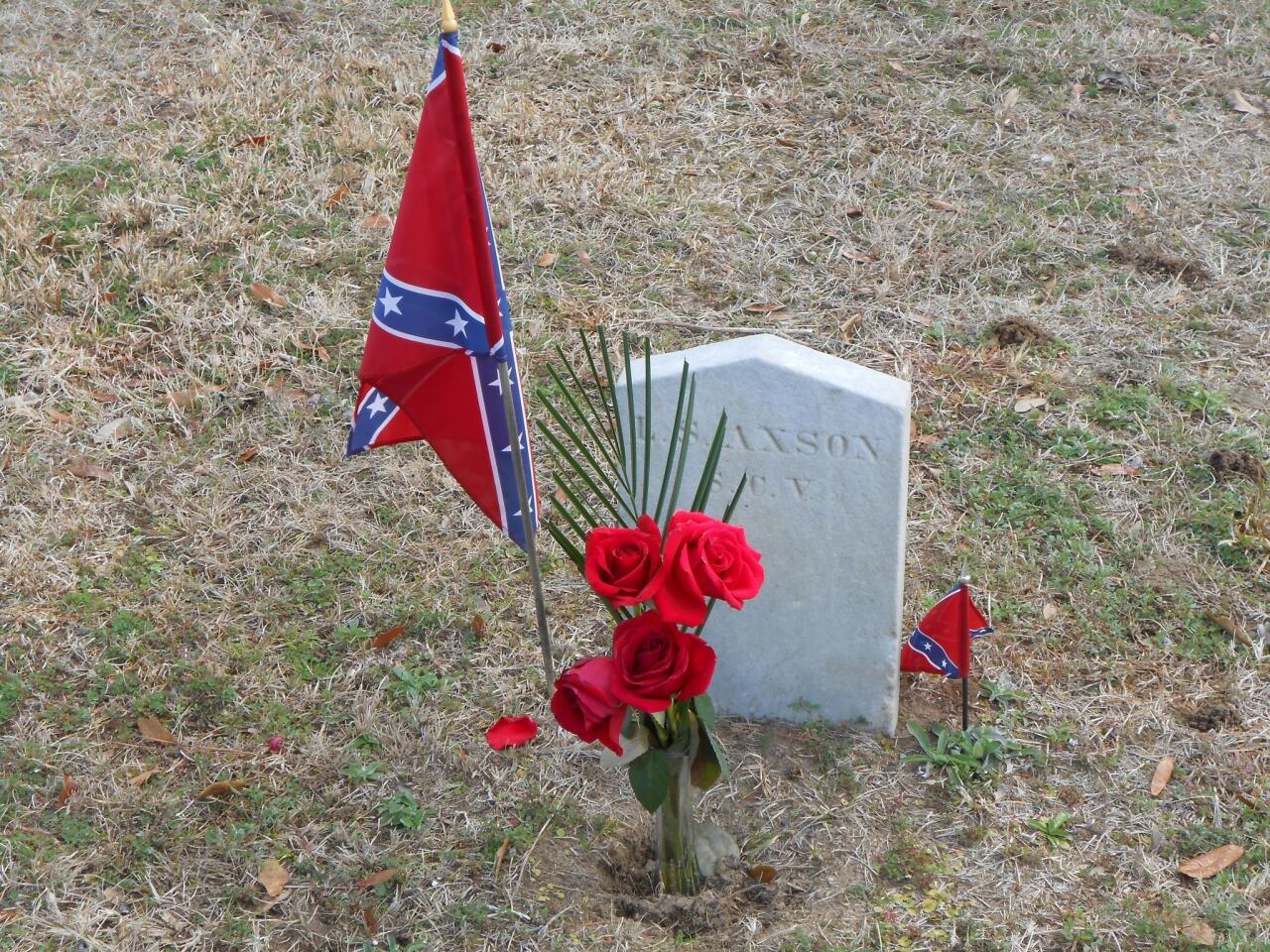
Flowers and miniature confederate flags are seen alongside a gravestone in Charleston’s Magnolia Cemetery. (Alice Short / Los Angeles Times)
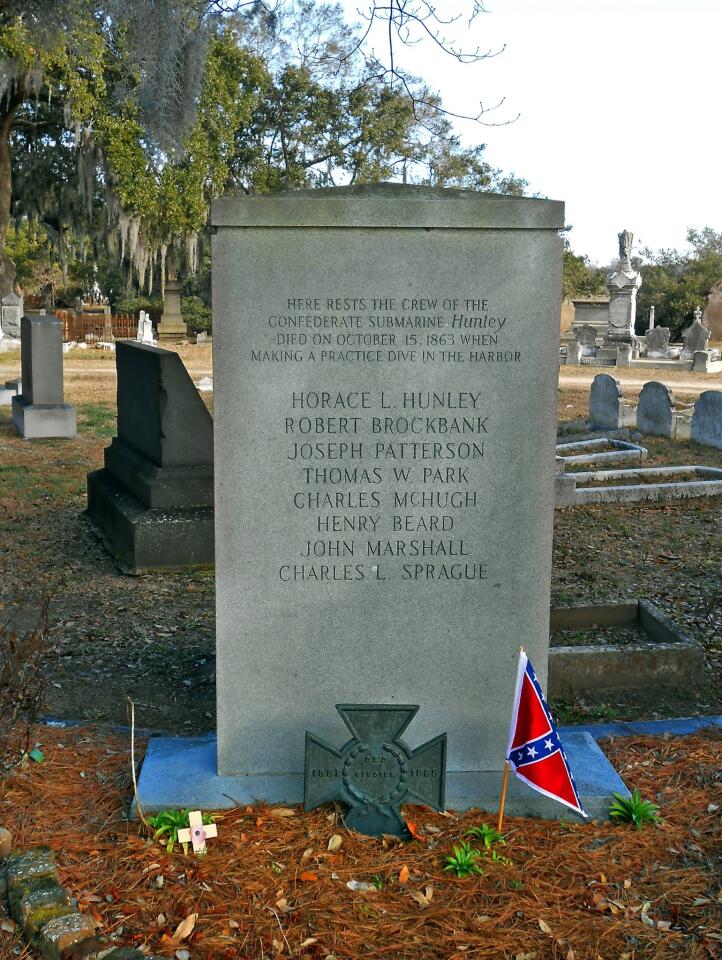
The submarine pioneers that in 1864 operated the Hunley--the first functional combat submarine--were buried in Magnolia Cemetery on April 17th, 2004. (Alice Short / Los Angeles Times)
Advertisement
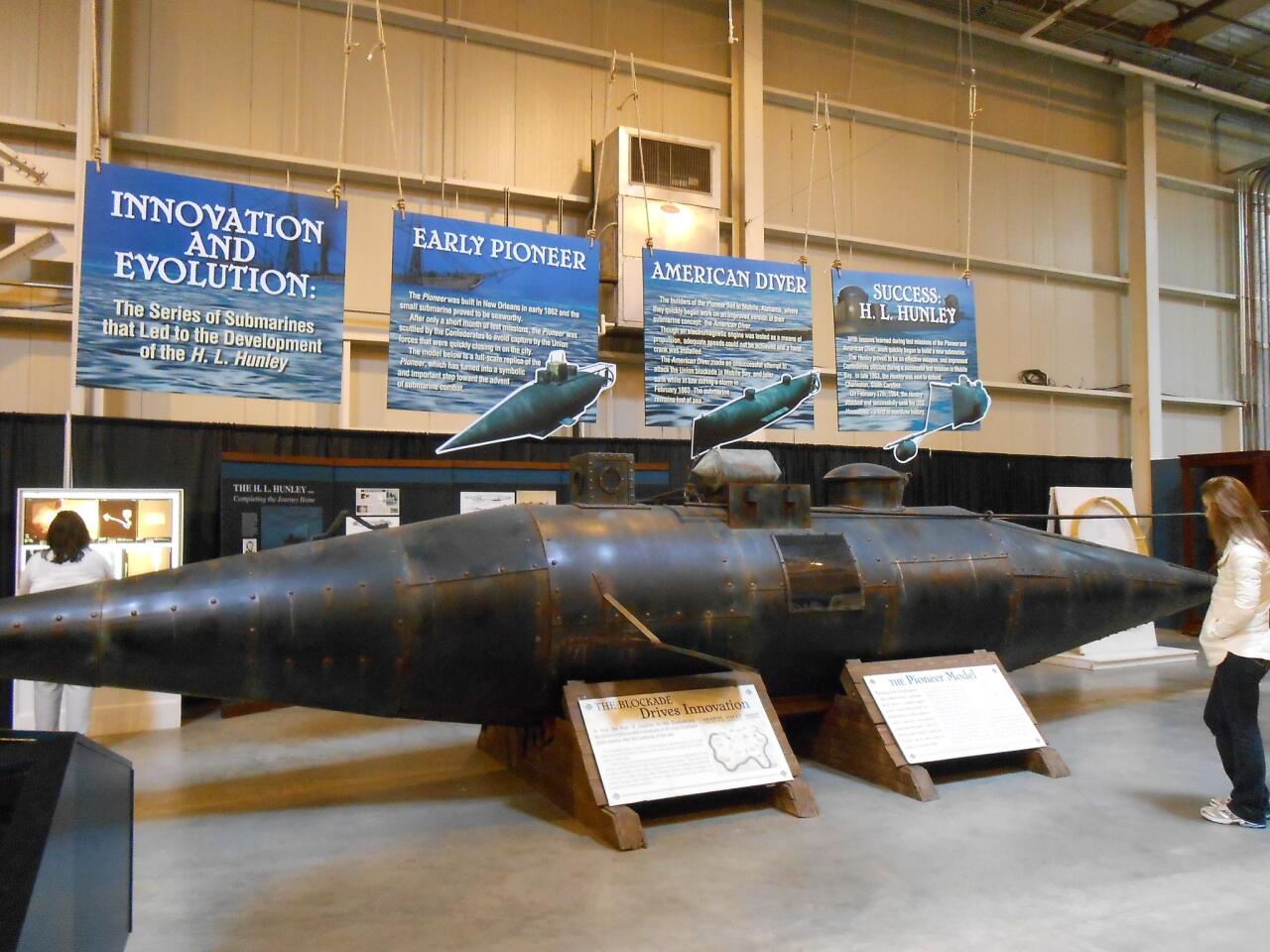
A full-scale model of the 34-foot Pioneer, the first prototype that led to the development of the Hunley submarine, is part of a suite of exhibits on display in Charleston. (Alice Short / Los Angeles Times)
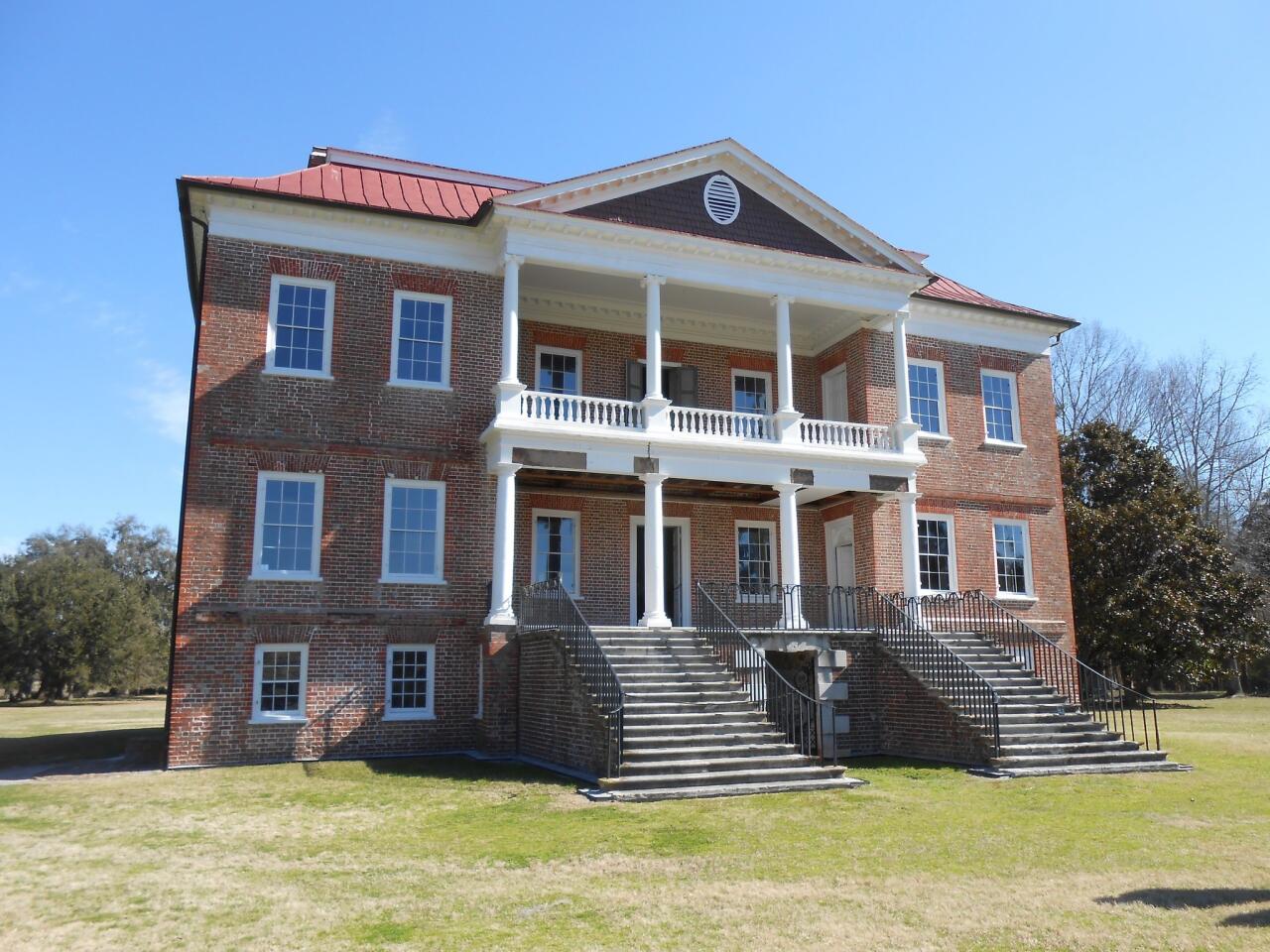
The construction of Drayton Hall began in 1738. The building is the oldest surviving example of Georgian Palladian architecture in the United States. It is the only plantation house along the Ashley River to survive today. (Alice Short / Los Angeles Times)
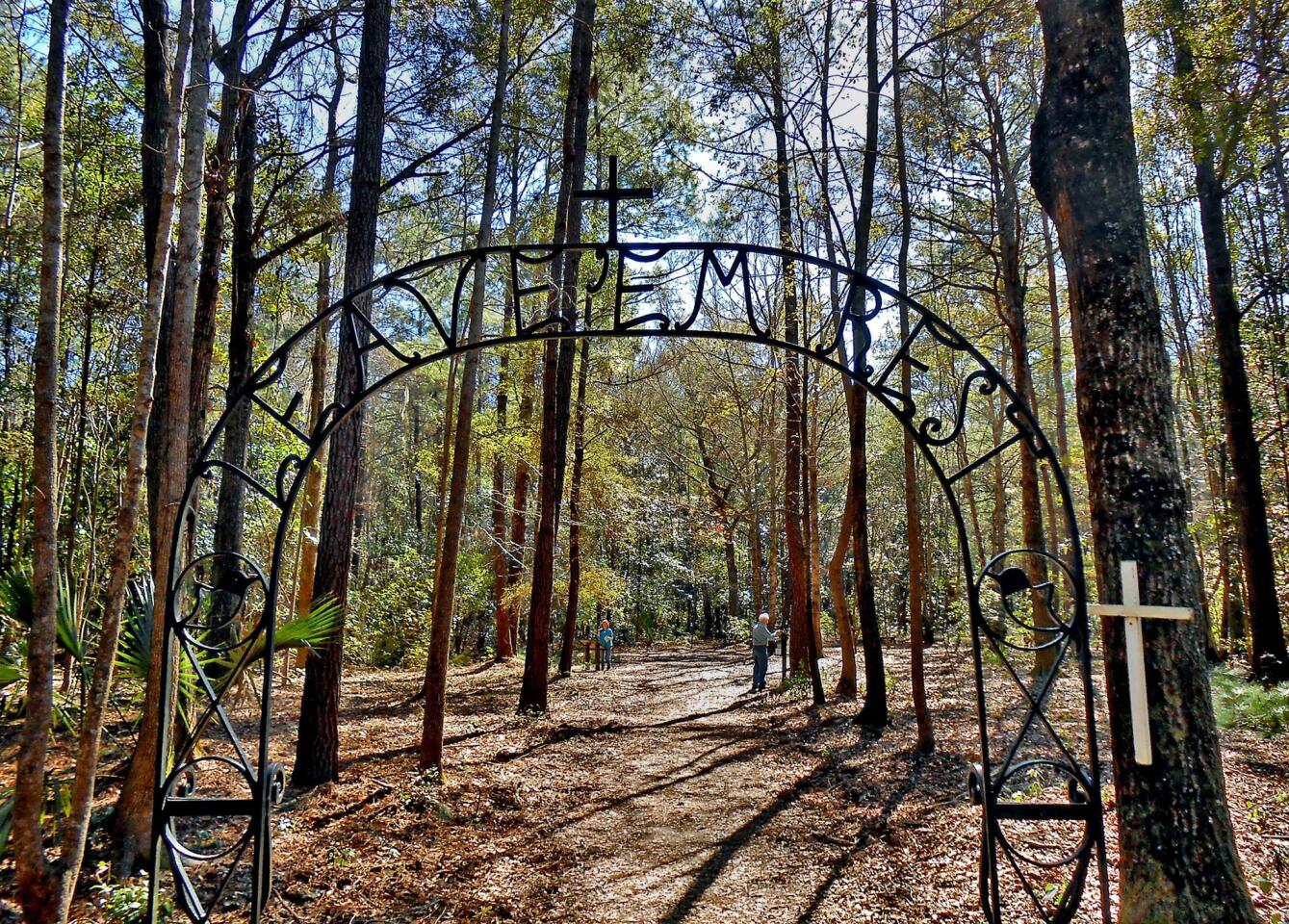
The African American Cemetery at Drayton Hall is a National Trust Historic Site. The entry to the cemetery is an the arch crowned with three words: “Leave ‘Em Rest,” which were spoken by Richmond Bowens, a descendant of slaves who was buried here in 1998. The cemetery dates back to the 1790s. (Alice Short / Los Angeles Times)
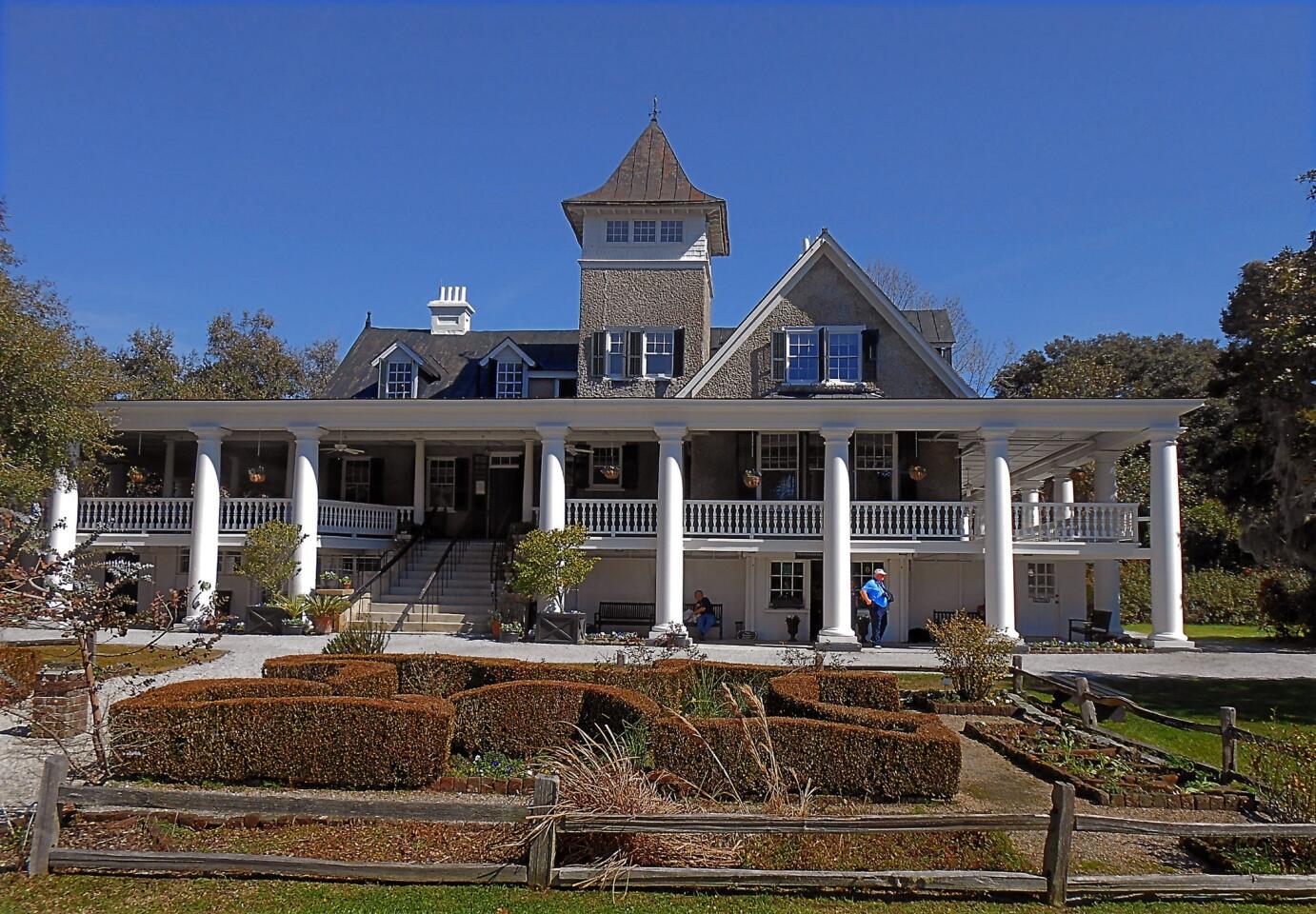
Founded in 1676 by the Drayton family, Magnolia Plantation has survived the centuries and been part of the history of our nation through the American Revolution, the Civil War and beyond. The main house, the third on the site, has 10 rooms open to tours. (Alice Short / Los Angeles Times)
Advertisement
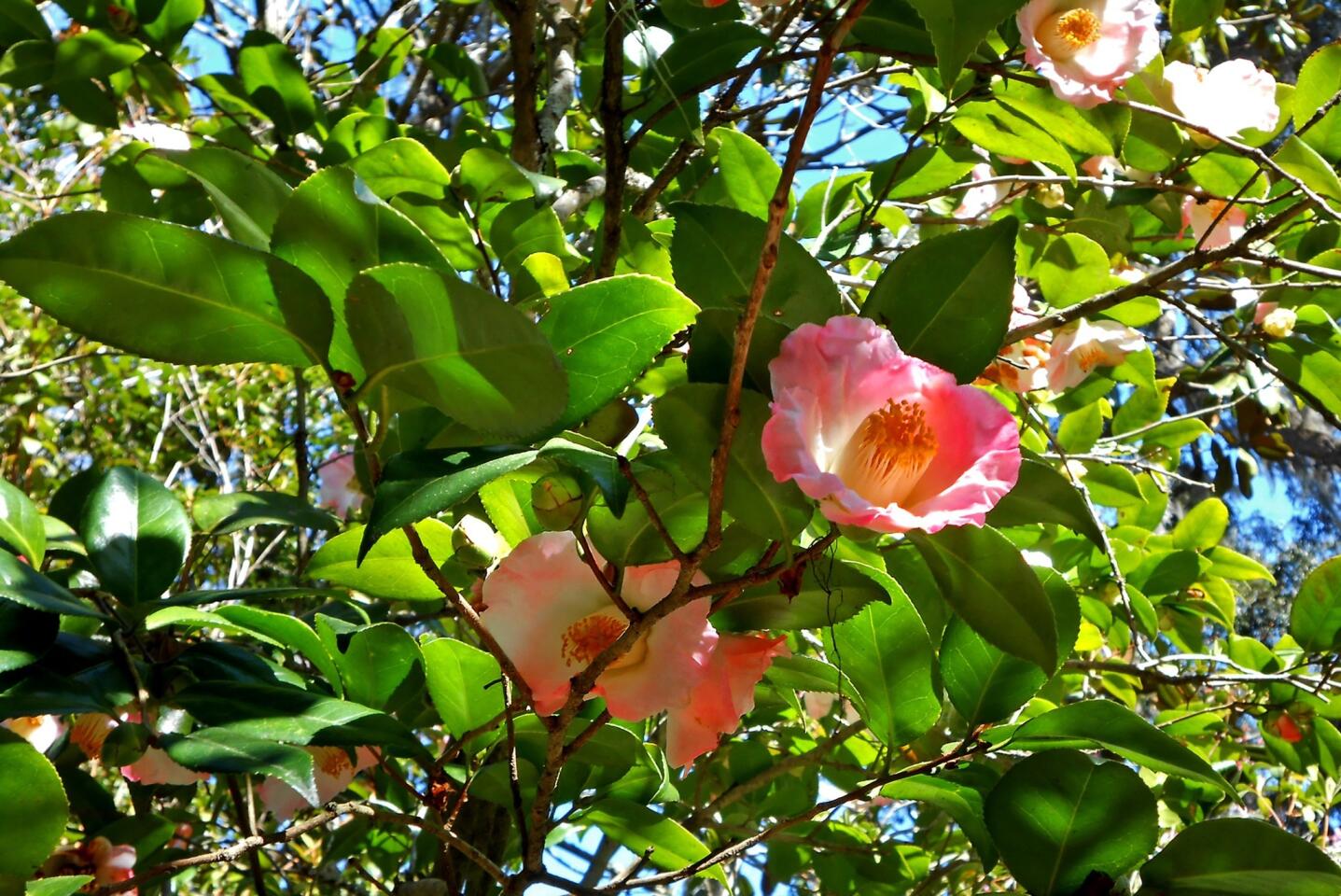
Magnolia flowers bloom at the Magnolia Plantation & Gardens. (Alice Short / Los Angeles Times)
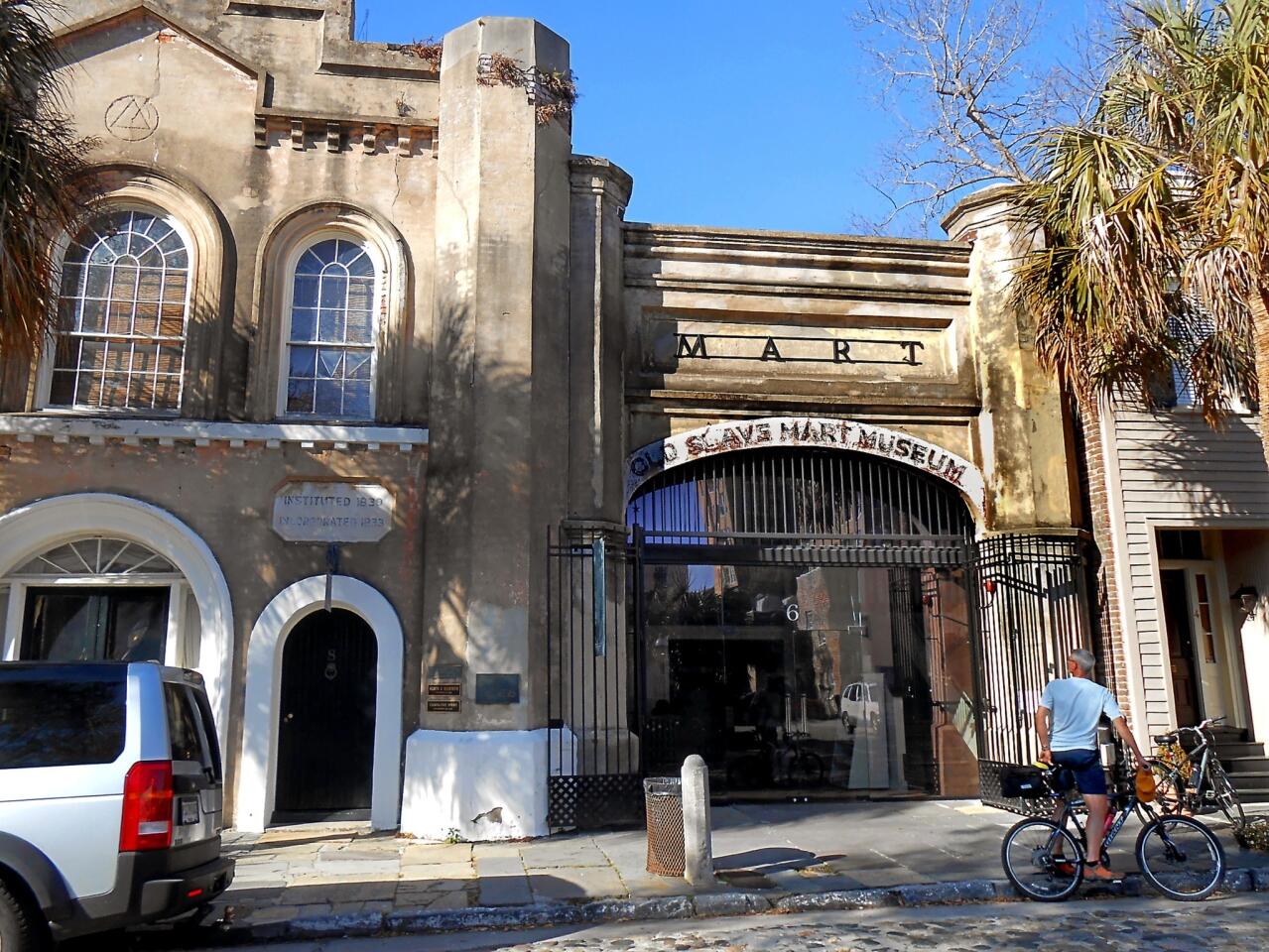
The Old Slave Mart Museum recounts the story of Charleston’s role in the inter-state slave trade by focusing on the history of this particular building and site and the slave sales that occurred here. In the seven decades between the drafting of the U.S. Constitution and the Civil War, more than 1 million American-born slaves were sold away from plantations in the upper South to work the rapidly expanding cotton and sugar plantations in the lower South. (Alice Short / Los Angeles Times)
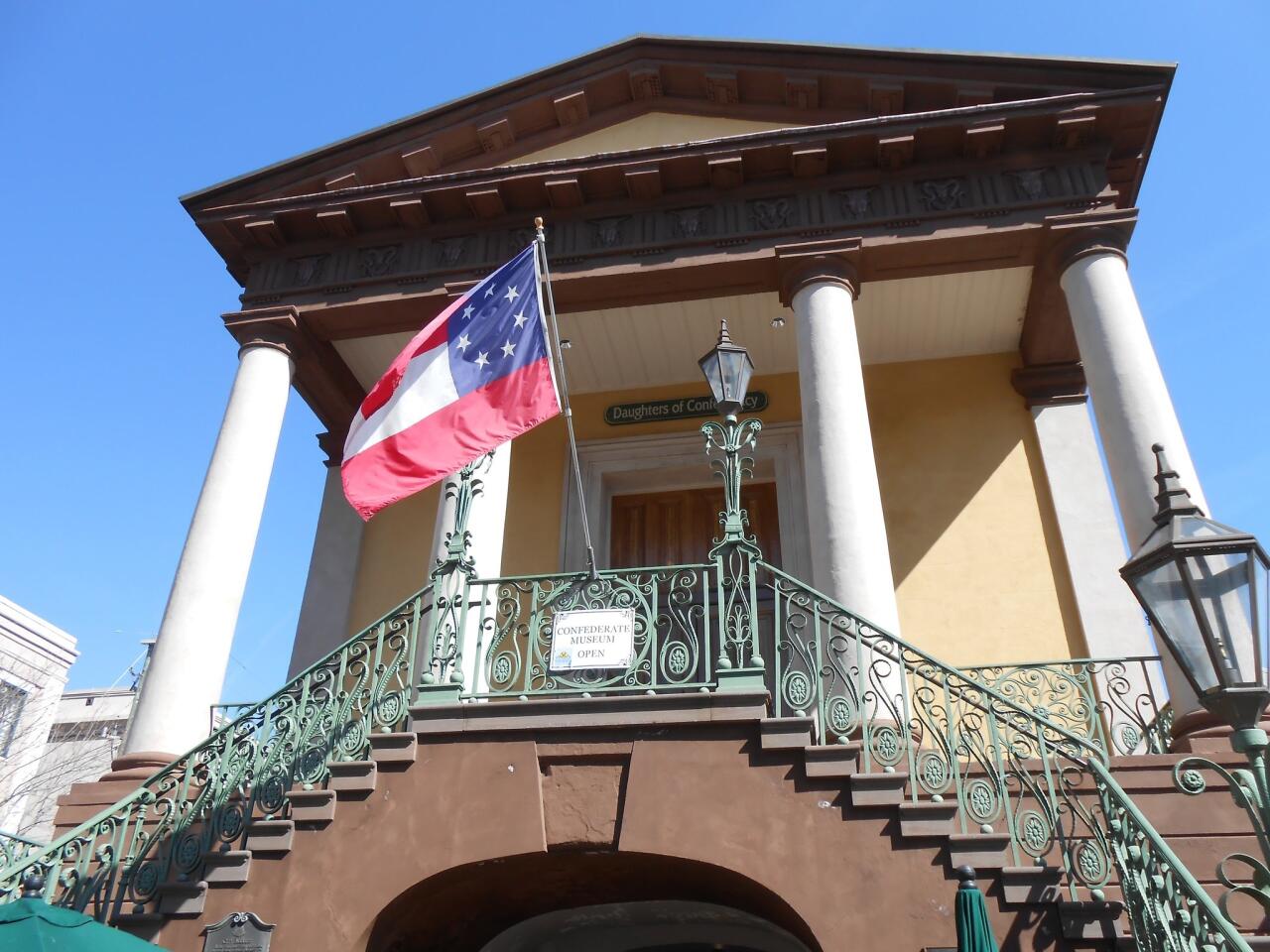
The Daughters of the Confederacy organization runs the Museum of the Confederacy, which stores its memorabilia in this building. Built in 1841, it was the commercial center of Charleston for many years and served as a recruiting station during the Civil War. It’s now a National Historic Landmark and considered one of Charleston’s best examples of Greek Revival-style architecture. (Alice Short / Los Angeles Times)



